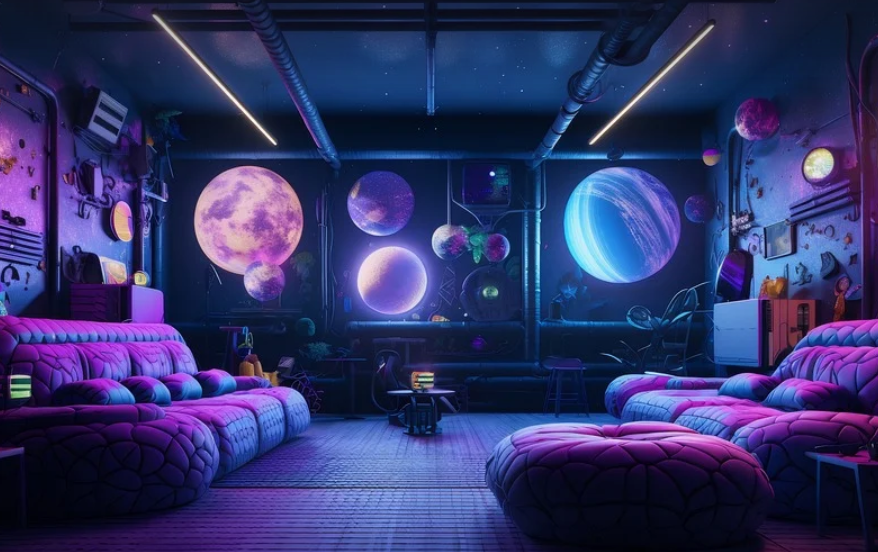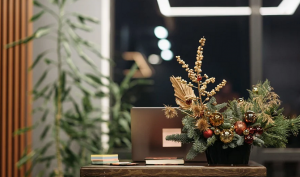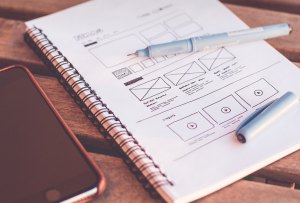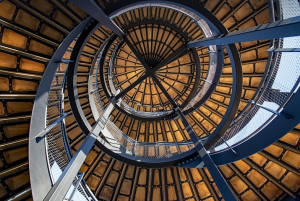
Igniting Curiosity: Fun STEM Experiences
Get ready to unleash the scientific genius within your students with engaging and accessible science and engineering practices (SEP) activities! These hands-on experiences will not only foster critical thinking skills but also spark a genuine passion for STEM, making learning exciting and meaningful.
Remember, SEP aims to equip students with the essential tools needed to navigate an ever-evolving world. These practices are much more than just procedures; they’re about nurturing curiosity, encouraging exploration, and celebrating creativity. By incorporating these activities into your classroom, you’ll be fostering a generation of future innovators who can tackle real-world challenges.
Let’s dive deeper into some specific SEP activity ideas that are sure to ignite your students’ interest and create lasting memories!
## SEP Activities for the 21st Century Learner: Hands-on Exploration in Action!
Think back to your own childhood – weren’t there times when you were endlessly fascinated by something as simple as a rainbow or the way water flowed down a hill? SEP activities are all about tapping into that innate curiosity and providing students with the tools they need to explore the world around them.
First, let’s consider **Science Practices**—the foundation for understanding how the natural world works. Scientific practices involve asking questions, conducting experiments, observing results, and drawing conclusions based on observations. This is key in a classroom setting.
For example:
- **Build a Rube Goldberg Machine:** Students learn about complex systems by designing and building a contraption that accomplishes a simple task, like dropping a ball or turning on a light.
- **Design a Balloon Rocket:** Experiment with different factors such as air pressure, weight, and material to see how they affect the flight of a balloon-powered rocket.
- **Design an Earth Day Recycling Challenge:** Students explore the principles of recycling and resource management by designing their own recycling systems for classroom waste.
Second, let’s look at **Engineering Practices**—the creative skills needed to design solutions that meet real-world needs. Engineering practices allow students to use their problem-solving abilities and creativity to design and build things!
For example:
- **Build a Bridge:** Challenge students to design and construct bridges out of different materials, learning about load distribution and structural stability along the way.
- **Design a Bird Feeder:** Encourage student creativity when designing and building their own bird feeders.
- **Create a Plan for a Sustainable Garden:** Students learn about environmental awareness by creating a plan to cultivate a garden sustainably, considering factors like water consumption, soil health, and plant selection.
## Building Confidence: Fostering Growth Through Experimentation
It’s not just about the results – it’s about the journey. Encourage students to embrace mistakes as learning opportunities! The ability to explore, experiment, and persevere is crucial for developing a growth mindset—a key ingredient in success.
To make SEP activities even more engaging, consider incorporating game-based elements into your curriculum. This could involve:
- **STEM Bingo:** Each square on the bingo board relates to a specific SEP practice. Students mark off squares as they learn about each one.
- **Escape Room Challenges:** Design interactive puzzles and challenges that require students to apply their STEM skills in a fun, collaborative environment (think escape room themes).
Remember, the goal is not just to teach concepts; it’s about empowering students with the tools they need to become active learners who can solve problems and make a difference in the world. Let’s build confidence, foster excitement for STEM, and prepare our future generations for success!
## The Power of Collaboration: Teamwork Makes the Dream Work
SEP activities are all about collaboration! Students learn from each other and develop valuable teamwork skills. Encourage your students to work together to brainstorm ideas, solve problems, and share their learning.
For example:
- **Build a City:** Students collaborate on building a miniature city model.
- **Science Fair Projects:** Teamwork is essential when presenting research in a science fair!
- **Design and Build a Solution for a Social Issue:** Divide into groups to tackle a real-world problem like reducing plastic use or promoting sustainability.
## Conclusion: A World of Opportunities Awaits
Science and engineering practices are invaluable tools that empower students to become the next generation of innovators. When you equip them with this knowledge, you’re giving them the opportunity to solve problems, explore new frontiers, and shape a brighter future.
By incorporating SEP activities into your classroom, you’ll not only see their creativity blossom but also inspire them to become lifelong learners who are equipped to tackle any challenge that arises in the 21st century.



